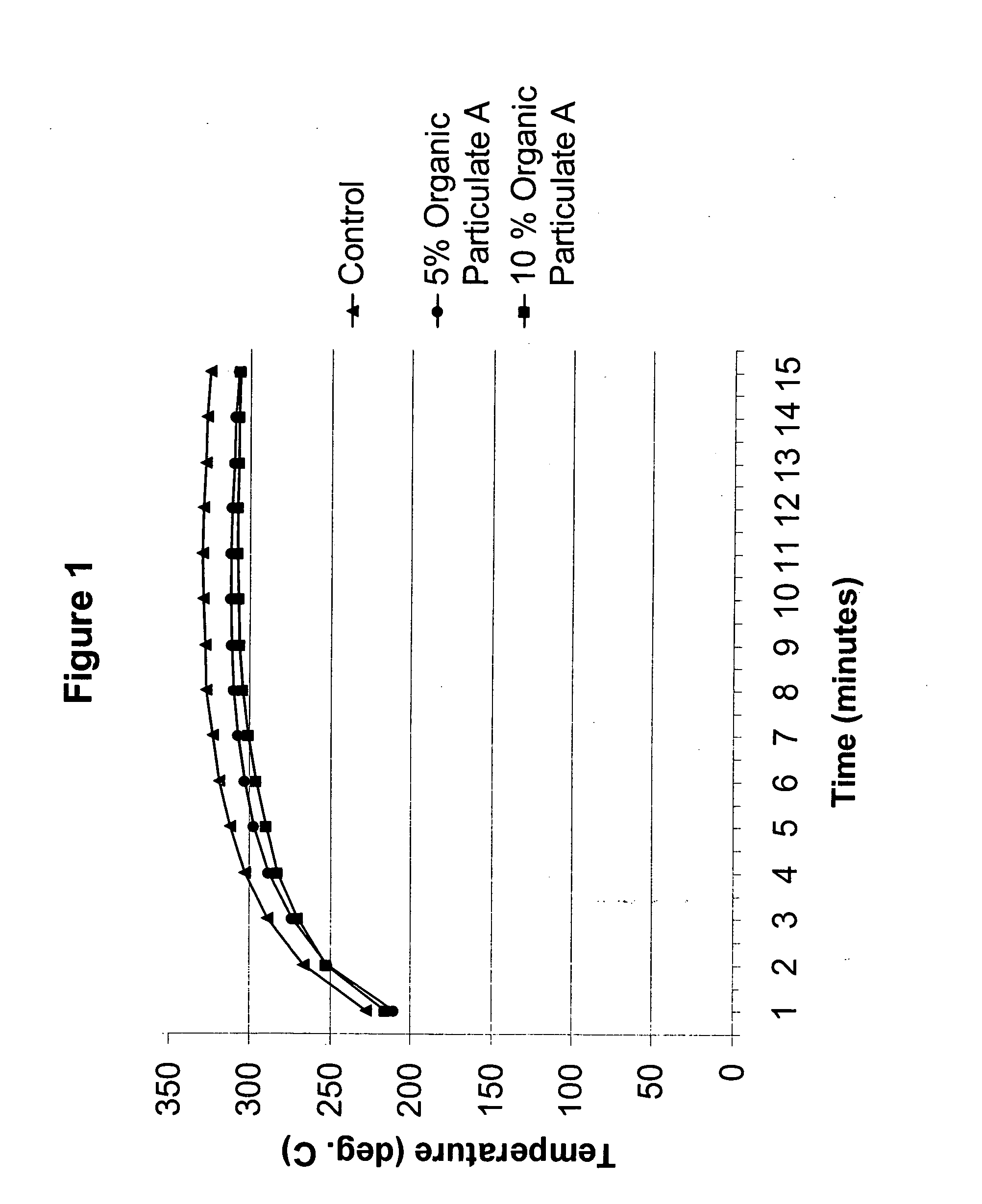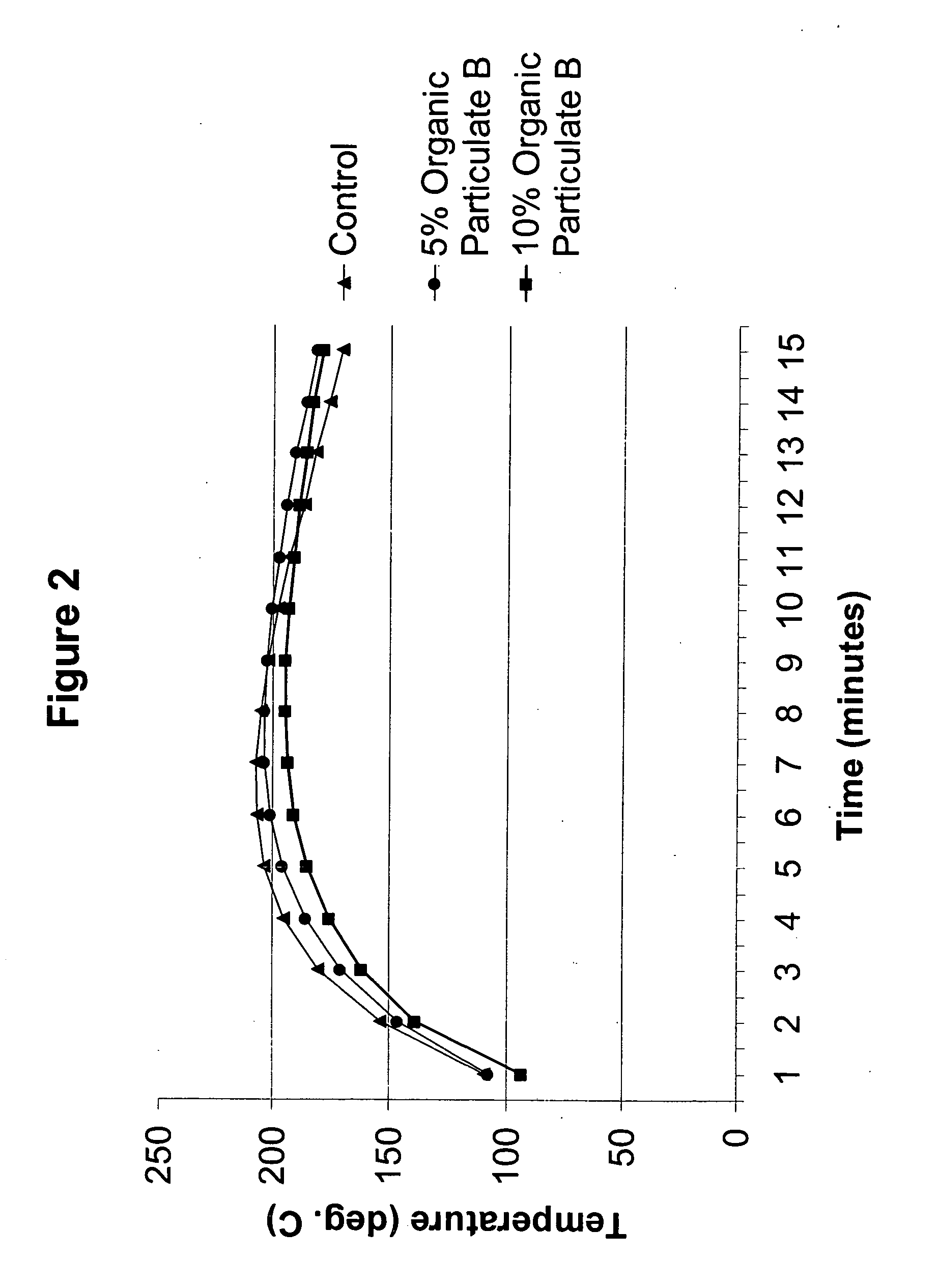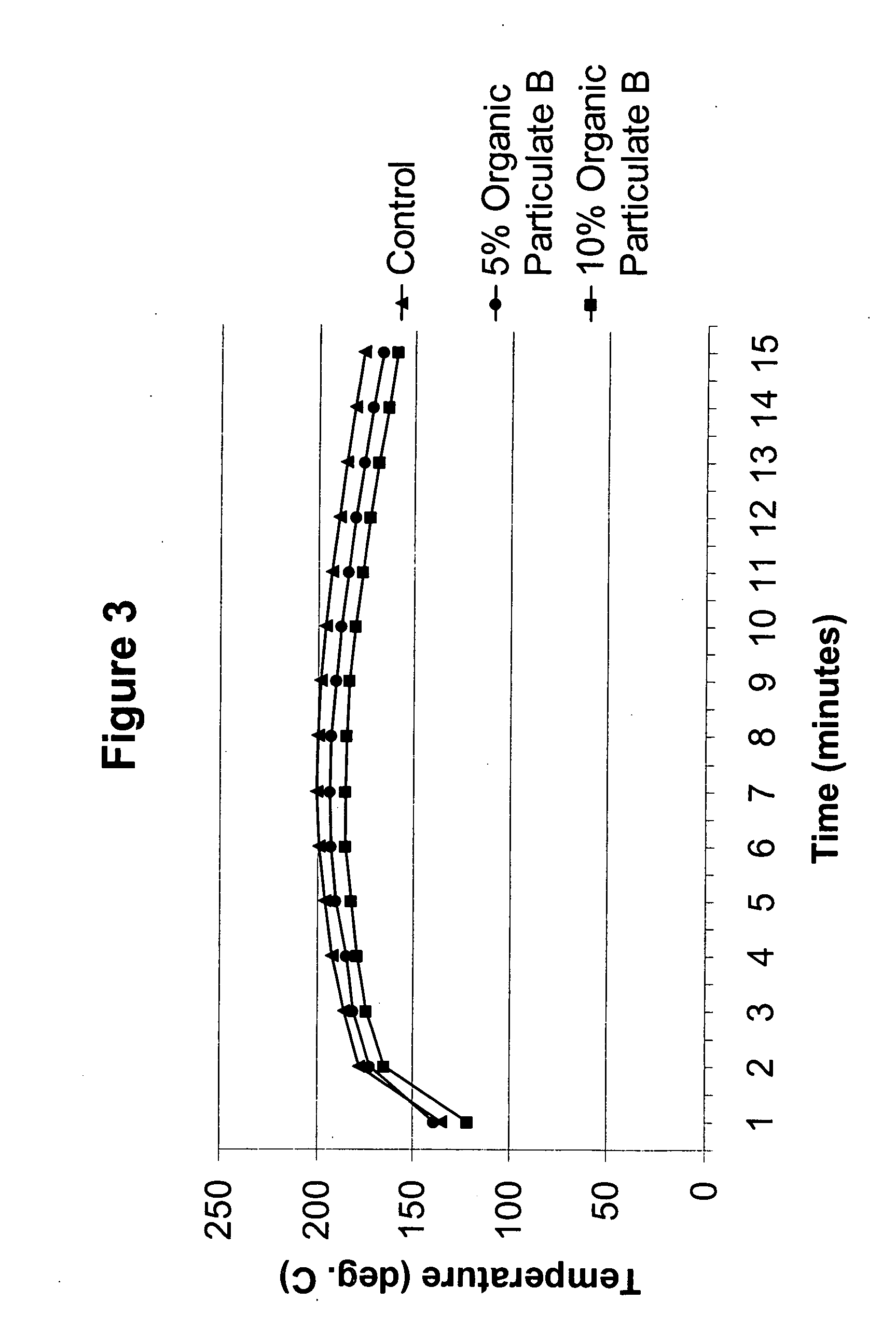Infrastructure repair and geo-stabilization processes
a technology for infrastructure repair and geo-stabilization, applied in the field of polyurethanes, can solve the problems of undesirable and potentially dangerous buildup of heat generated by polyurethane-forming reaction, and achieve the effect of greatly reducing the concern of heat accrual
- Summary
- Abstract
- Description
- Claims
- Application Information
AI Technical Summary
Benefits of technology
Problems solved by technology
Method used
Image
Examples
examples
[0060] The present invention is further illustrated, but is not to be limited, by the following examples, in which all quantities given in “parts” and “percents” are understood to be by weight, unless otherwise indicated. The following materials were used in preparing the foams of the examples:
Polyol Aa 43 wt. % solids polymer polyol having a hydroxylnumber of about 18.5, in which the solids are a(63.5%) styrene (36%) acrylonitrile mixturepolymerized in situ in a base polyol having ahydroxyl number of about 36 prepared by KOH-catalyzed alkoxylation of glycerin with a block ofpropylene oxide (80 wt. % of the total oxide)followed by a block of ethylene oxide (20 wt. % ofthe total oxide);Polyol Ba polyether polyol having a molecular weight of6,000 and a functionality of 3.0;Polyol Cpolyether polyols based on ethylene diamine andpropylene oxide (630 OH No.);Polyol Da propoxylated triol based on glycerine having ahydroxyl number of from about 445-495 mgKOH / g;Polyol Ea filled polyol (20...
PUM
| Property | Measurement | Unit |
|---|---|---|
| particle size | aaaaa | aaaaa |
| particle size | aaaaa | aaaaa |
| particle size | aaaaa | aaaaa |
Abstract
Description
Claims
Application Information
 Login to View More
Login to View More - R&D
- Intellectual Property
- Life Sciences
- Materials
- Tech Scout
- Unparalleled Data Quality
- Higher Quality Content
- 60% Fewer Hallucinations
Browse by: Latest US Patents, China's latest patents, Technical Efficacy Thesaurus, Application Domain, Technology Topic, Popular Technical Reports.
© 2025 PatSnap. All rights reserved.Legal|Privacy policy|Modern Slavery Act Transparency Statement|Sitemap|About US| Contact US: help@patsnap.com



